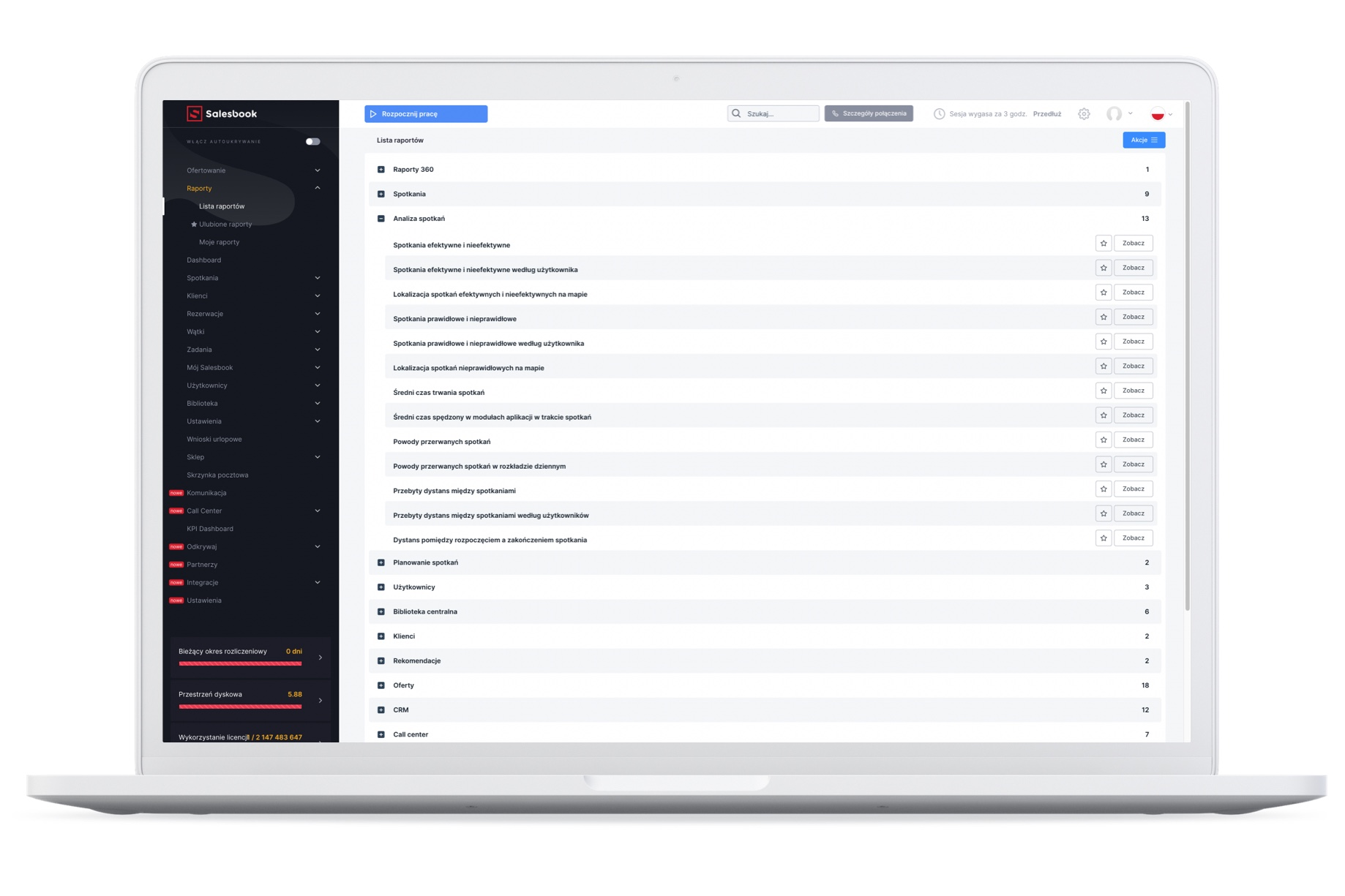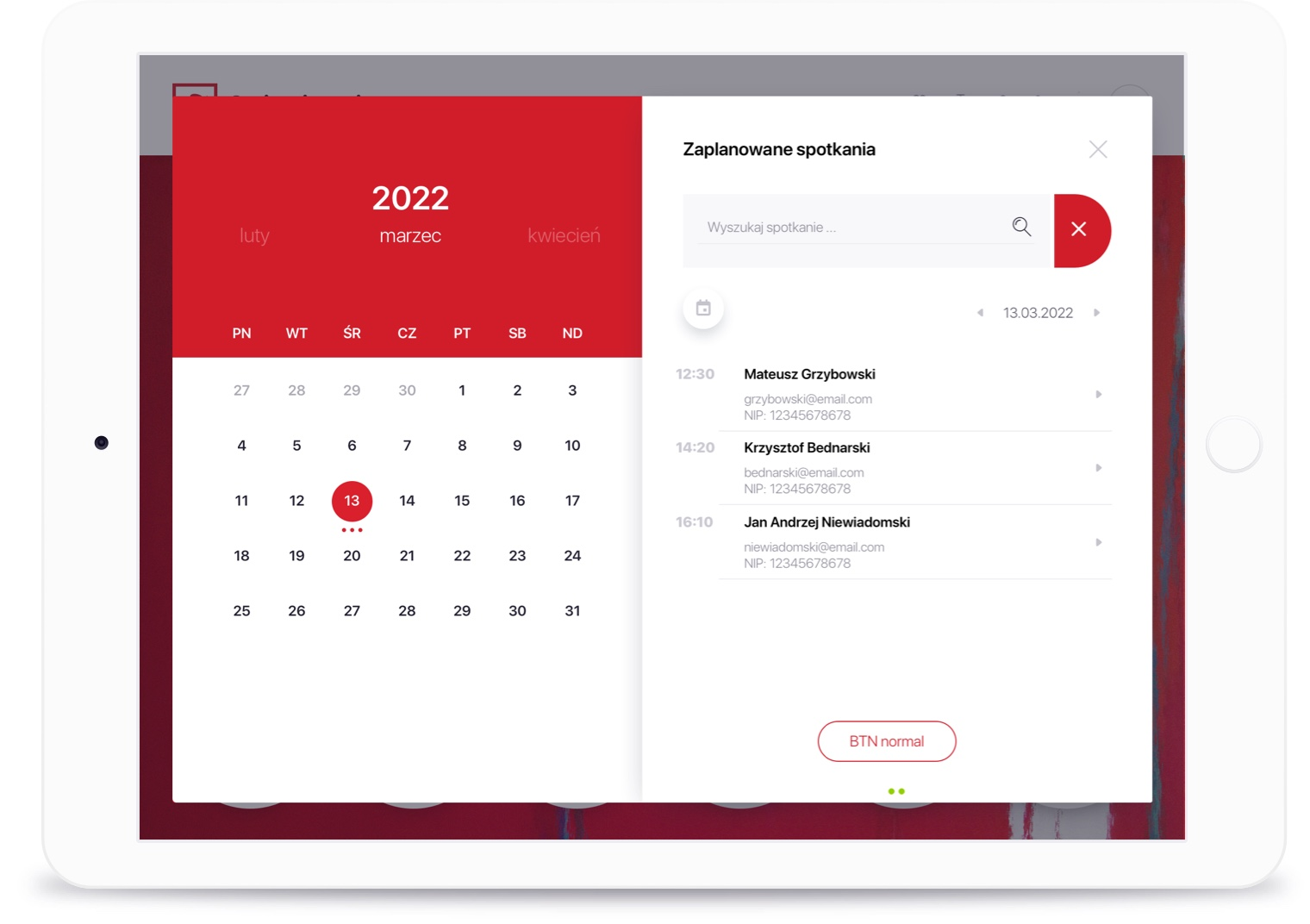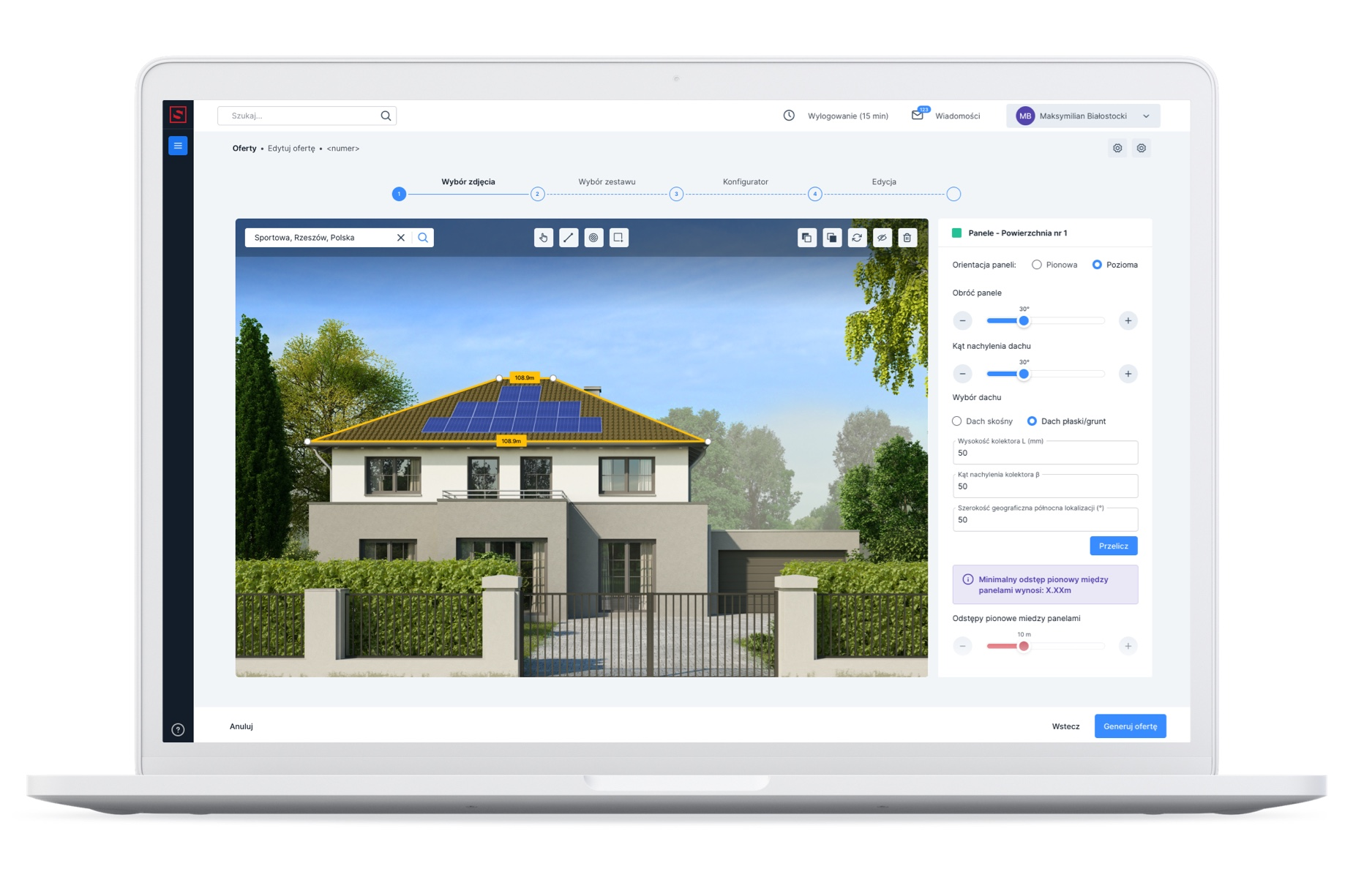


4 Jan 2023
Quiet quitting, or quiet resignation, is a trend that has recently made headlines in the labor market. What does it consist of and why are companies afraid of it? Learn about its causes, symptoms and effects – see what you face as an employer. Find out what you can do when you notice that an employee is professionally burned out.
Being tired, being physically and mentally exhausted, feeling helpless, feeling like a cheap labor force, being dissatisfied with one’s job duties – probably each of us has experienced at least one of these things at some point in the workplace.

What if there are more such symptoms and they occur simultaneously? When can we talk about the quiet quitting phenomenon, and when already, a much more serious in its health consequences, professional burnout? What made us decide to start talking about it?
In the past, employees simply hid the first symptoms of professional burnout, today they subconsciously try to prevent it by choosing to become a quiet quitters.
Quiet quitting, is when employees limit the work they do to basic duties, and avoid more responsibility.
Employees who choose quiet quitting simply do not intend to engage in more challenging and creative tasks, and do not take more initiative than necessary.
Their emotional involvement in what they do for a living is minimal.
It is worth taking a broader look at this multifaceted quiet quitting trend and noting the various factors that may be causing it. The fact that employees choose quiet quitting can have many reasons.

The change in employees’ attitudes toward their job duties actually began during the pandemic, when a trend called great resignation began. At least half of american workers were thinking about quiet quitting and how quiet quitting will affect theirs personal life.
That’s when people feeling the effects of job burnout began to leave their jobs en masse.

Remote work, feelings of loneliness, chronic stress, lack of work life balance, poor management, an overload of responsibilities and high demands set by bosses – all of this has caused employees to question the sense of advancing their careers at the expense of themselves.
They began to talk loudly about professional burnout syndrome. Thus was born the phenomenon of quiet quitting.
What do we actually call professional burnout? As it turns out, professional burnout and quiet quitting trend have a lot in common. Quiet quitting is a defense mechanism that employees use to prevent professional burnout.
According to the WHO, or World Health Organization, professional burnout syndrome is a psychological condition caused by chronic stress.
It is considered the body’s reaction to constant tension and exhaustion. Professional burnout usually lasts for an extended period of time and progresses in a certain way.
The American Psychological Association distinguishes five stages that characterize the phenomenon of professional burnout.

Among the causes of professional burnout are those related to the organization of work (e.g., time pressure), as well as those having to do with an employee’s characteristics and competencies.

Other causes of professional burnout include a mismatch between reality and expectations of work, excessive perfectionism or being given too much responsibility.
Professional burnout is said to occur mainly in social service professions, including teachers, social workers and health care workers.
Meanwhile, people experiencing professional burnout also include salespeople, managers, customer service employees, PR and marketing professionals.
In fact, professional burnout can affect anyone who has frequent contact with other people in their work, feels constant stress, sees no deeper meaning in what they do, and knows that their professional development has come to a standstill. A reduced sense of personal achievement is also not insignificant.
On the other hand, professional burnout syndrome often affects people who are highly committed, sensitive, attached to fulfilling certain roles that they perceive as prestigious.
They are often perfectionists who feel irreplaceable. For them, work is the meaning of life, the field in which they fulfill themselves.
We have already discussed what can cause professional burnout. Now it’s time to look at its symptoms. We will focus on those that most often appear in people who work under constant stress.
Symptoms of professional burnout include:

Professional burnout can also be accompanied by somatic symptoms – headaches, abdominal pain, back pain, numbness in the limbs, attacks of shortness of breath, decreased immunity.
Professional burnout syndrome in the workplace cannot be ignored. It is a reaction of the body on many levels, on emotional, mental, physical and behavioral levels.
How intense it can be, and that it affects everyone, shows that mental health should be taken care of, no matter what position you hold. Read the rest of the article and learn how to deal with professional burnout.
June 2019. WHO, the World Health Organization, included professional burnout in the International Classification of Diseases, and as of January 2022 it is recognized as an illness for which an employee can receive L4.
The problem of professional burnout in its early stages is something you can deal with on your own. Physical activity, learning how to manage stress, recuperating and finding time to rest are things that should be put into practice.

If the syndrome of professional burnout is so severe that it impedes daily functioning, then it is worth seeing a psychologist or psychotherapist. Sometimes the only thing you need is one meaningful conversation with someone who knows how to help you.
Psychoprevention, professional burnout, burnout syndrome, quiet quitting – despite the fact that these are recently popular terms, still many employers underestimate their importance.
Meanwhile, it is the employers who have a decisive influence on how to motivate employees.
It is they who, seeing the first symptoms of professional burnout, can influence the organization of work.
Whether you are dealing with quiet quitting or already professional burnout in the sales team, you will notice not only by the mood of the employees and the symptoms we described earlier in the article.
Professional burnout and a decline in salespeople’s commitment to their work will also show concrete data. Those on the number of meetings initiated, successful deals, new sales threads, deal values and much more.
Every salesperson works on the basis of a plan, goals, scripts and assumptions. It’s a job where numbers and data are of paramount importance. They show more than you might think at first glance.
Did you know that on an average day a salesperson spends only 30% of his time on sales? All the rest of his time is taken up by tasks related to preparing reports, offers or making phone calls.
If, on top of this, the salesman suffers from professional burnout or has been caught up in quiet quitting, the time spent on real contact with the customer will decrease significantly. So you can imagine how this will translate into company profit.
What if an employer could use one tool to motivate employees at the same time, and on the other hand, measure the effectiveness of their work and check whether professional burnout has appeared in the team?
Salesbook is a modern application that supports salespeople in their daily work, while providing reliable and complete sales data.
First of all, if until now in your company sales functioned on the basis of established sales techniques, unchanged scripts for years, and the work of a salesman consisted of tediously filling Excel tables, it is worth reaching for new solutions. This is already the first step to avoiding professional burnout in the team.

The profession of a modern salesman should certainly not be monotonous, and a good salesman equipped with professional tools gains an advantage in the market.
Salesbook is an innovative application that allows you to automate tedious and repetitive tasks that salespeople waste time on. As a result, it helps increase financial results by up to 53%.


All the information you gain helps you optimize your sales process. Based on this, you are able to choose what works best for your company and implement it on a large scale.
An effective path of action will definitely have a positive impact on the motivation of salespeople, who, seeing specific data, can pursue realistic goals.



Every modern manager and conscious leader must realize the importance of employees’ mental health. Nurturing wellbeing, providing opportunities for professional development, building an effective team and finding solutions to automate processes are among the key things he should focus on.
Monotonous work is capable of clipping the wings of even the most ambitious salespeople. It causes frustration, mental fatigue, weariness and leads the best ones to start making mistakes, too. Consequently, they stop feeling connected to the organization, especially for younger workers.
So, if we have a chance to try out new solutions that breathe a spirit of freshness into the sales team, allow them to focus their energies on more effective work, more effective conversation, it is worth trying them out.
Now that you have become more familiar with professional burnout: causes, symptoms and effects after reading the article, you can be more vigilant about your team and respond when needed. This is what successful managers should do to have an engaged employees in the team.
A creative and motivated employee not only has a positive impact on the rest of the team, but also feels more strongly connected to the company. Needless to say, he tries harder with the feeling that his employer cares about his comfort at work. It is much more efficient to work someone who is not just a cog in the machine, but a “real” person whose well-being and work life balance matters.
Not yet familiar with Salesbook’s capabilities? Schedule a free demo and learn how we help salespeople achieve high sales results.

Any questions? Feel free to contact us.
+44 203 807 0179
Our Customer Success Team is available from Mon. to Fri. 9am - 5pm CET.
We support inquiries, processes of configuration and use of Salesbook app, as well as billing and technical issues.
